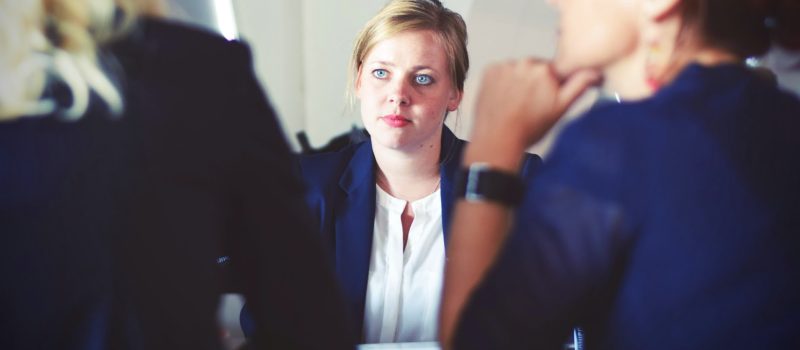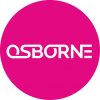Maximising VAT Recovery whilst maintaining compliance with HMRC guidelines.
A customer recently wrote to us: ‘We’ve had an HMRC audit recently with regards to VAT and were asked the question ‘What does ExpenSys do to help ensure that VAT being reclaimed is accurate’.
It’s a good question.
The objective for ExpenSys is to reimburse claimants within business policy and to maximise VAT recovery while maintaining compliance with HMRC guidelines. The focus is on the VAT that is recoverable rather than on the VAT that has been paid. For example, generally speaking, if you hire a car for more than 10 days, only 50% of the VAT is recoverable. If you purchase a gift that has a value greater than £50, then none of the VAT is recoverable.
So, how does ExpenSys apply the guidelines?
Firstly, by capturing the data from receipts via the ExpenSys Mobile App using OCR. The most significant piece of information being the supplier’s VAT Registration Number. If there is no VAT Registration Number on the receipt, then it is not a VAT Receipt, and VAT cannot be recovered, even if VAT has been charged. Conversely, if there is a VAT Registration Number on the receipt, and it is a Vatable item, even if the actual amount of VAT does not appear on the receipt, then ExpenSys will calculate the amount of VAT so it may be reclaimed, – provided that the amount meets the criteria for a ‘simplified invoice’ (currently £250 in the UK). The VAT Registration number is verified automatically via the HMRC VAT validation service before submission.
Secondly, by applying the rates and guidelines automatically according to information provided by the claimant. It is able to do this because ExpenSys is interactive. For example, if the claimant is reclaiming the cost of a meal involving more than one person, ExpenSys doesn’t assume that the claimant knows the difference between subsistence, staff and business entertainment. The program will ask how many people were present, and how many were staff. If third parties were present, the claimant will be asked if the purpose of the meal was to entertain the third parties. If so, all the cost will be allocated to business entertainment, and all the VAT recovery will be disqualified. Otherwise the cost will be split proportionately, with only the amount related to staff being recovered. Names of those present may be captured, and the claimant may be asked to confirm that they were the most senior staff member present.
Note that it is almost impossible to guarantee accurate OCR capture of amounts of VAT from a receipt in the UK with multiple items, where some items incur VAT and others not, because there is no agreed common standard on how VAT amounts should be displayed. For these expense types a manual override is available to the claimant (limited to the maximum possible for the expense type). For the majority of receipts there is only one rate of VAT, and therefore VAT recovery is calculated automatically according to the rates and rules related to the expense type.
In any event, at the processing stage, the accounts operative can always adjust the amount of recoverable VAT for any item, but again, only up to the maximum amount related to the type of expense. However, in most cases, ExpenSys will have applied all the rates and guidelines automatically in the background, and further intervention by accounts staff is unnecessary.
The examples given above relate specifically to HMRC and VAT in the UK. But ExpenSys applies the same methodology in every one of the over seventy jurisdictions in which our customers’ process expense claims.

























